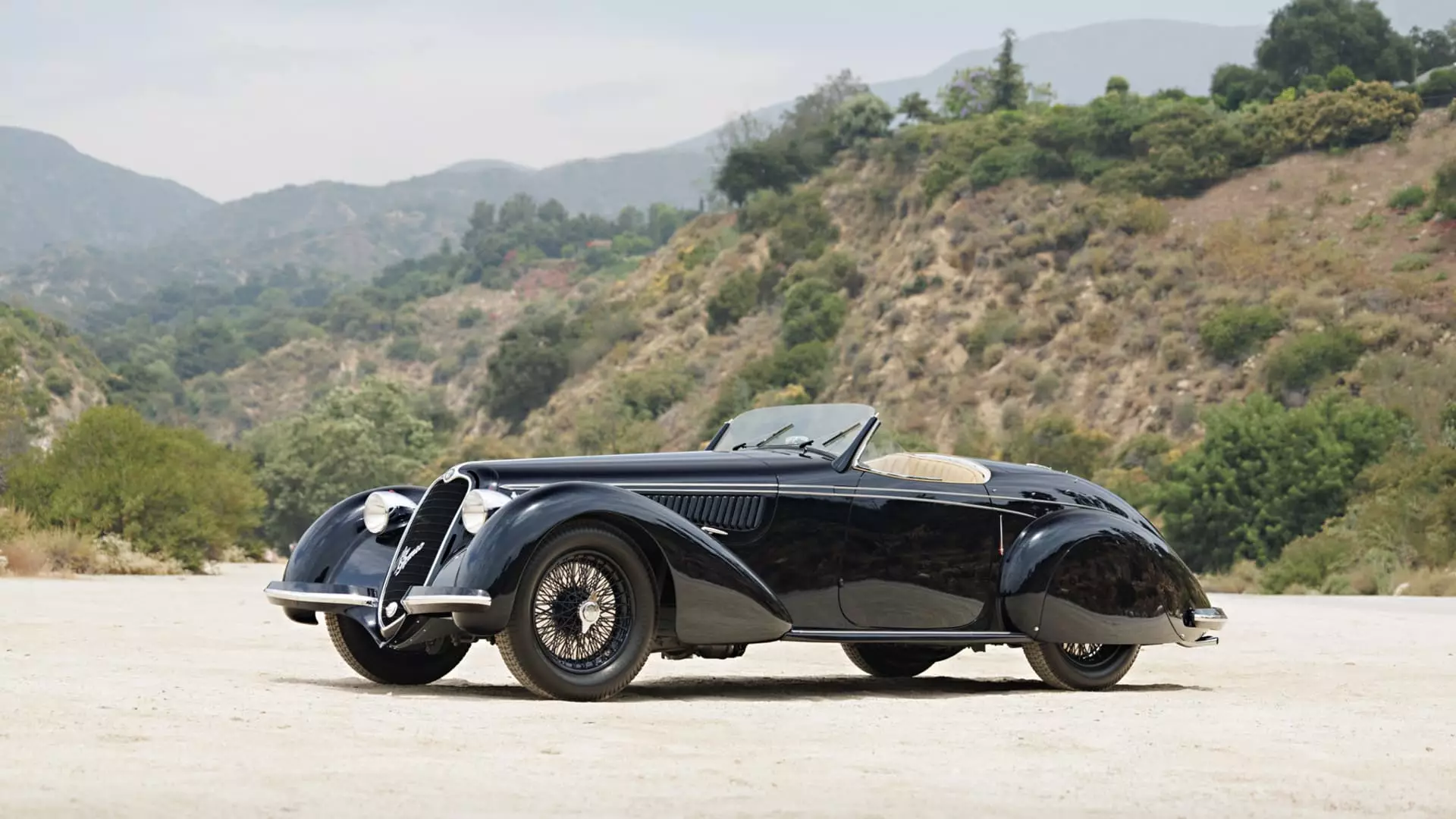The annual Monterey Car Week auction sales have experienced a 3% decline from the previous year, indicating a shift from older classic cars to newer models. This shift has resulted in a surplus of unsold classic cars from the 1950s and 1960s. Total sales at the five car auctioneers in Monterey, including RM Sotheby’s, Broad Arrow, Gooding & Company, Mecum, and Bonhams, fell to $391.6 million this year compared to $403 million in 2023. Despite a 14% decline from the previous year’s peak, experts suggest that wealthy collectors still have significant funds to expend due to the recent stock market surge.
A new generation of collectors, primarily Gen Xers and millennials, are steering the market towards cars from the 1980s, 1990s, and early 2000s. On the contrary, classic cars from the 1950s and 1960s, which were favored by baby boomers and had dominated the market for decades, are finding fewer buyers as they flood the market. The sell-through rate for pre-1981 cars priced over $1 million was a meager 52%, while cars less than four years old had a significantly stronger rate of 73%. This data suggests a new wave of collectors is overtaking the market, influencing the types of cars in demand and the sales trajectory.
Impact of Changing Preferences
The shift towards newer and more modern classic cars has triggered various consequences within the auction market. While a select few rare masterpieces still fetch high prices, the overall market for older classics appears to be facing a long-term downward pressure. The Blue Chip Index, which tracks 1950s and 1960s classics like Corvettes, Ferraris, and Jaguars, has experienced a 3% decline, contrasting with a 60% increase in Hagerty’s Supercar Index for sports cars from the 1980s through the 2000s. This changing dynamic not only reflects a generational shift in collector preferences but also signifies a broader evolution in the classic car market as a whole.
Beyond shifting collector preferences, external factors like high-interest rates are also influencing the classic car market. With rising rates, the opportunity cost of investing in a classic car has increased, leading potential buyers to reconsider their spending decisions. The allure of earning a 5% to 10% return on alternative investments has made collectors more cautious about acquiring classic cars purely for investment purposes. This financial deliberation, coupled with the influx of newer cars onto the market, further complicates the sales landscape for classic car auctions.
Market Outlook
As the classic car market continues to adapt to changing trends and preferences, it is expected that the divergence between older and newer cars will persist. The transition from traditional classics to modern supercars signifies a broader shift in the collector landscape, with implications for pricing and demand. Despite the challenges faced by the classic car auction market, the resilience of true masterpieces and the ongoing interest from wealthy collectors suggest that the industry will continue to experience transformational shifts in the years to come.


Leave a Reply